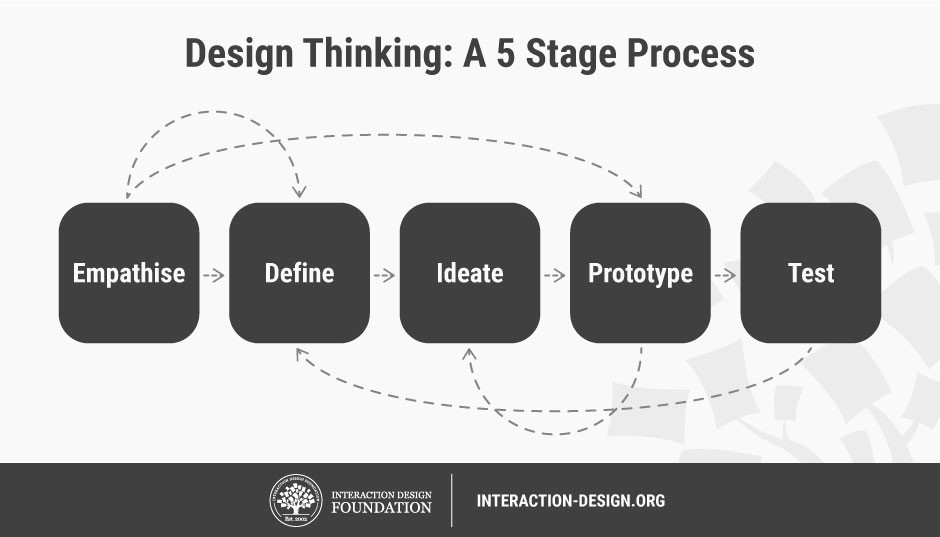Social addictions.
Nothing gets our inspiration flowing like a good, juicy blog post. Read about what we’ve been working on (our latest launches), what we can’t stop thinking about (design trends, industry happenings and new partnerships) and what we think you should know (expert branding insights and probably some stuff about dogs).
Check back often—we’re quite chatty when we want to be.
Design Thinking
Look, we’re not telling you how to think…but we’re gonna tell you how to think.
Okay so, we’ve all been told to ‘think outside the box’ before. In some way or another, Mom, Dad, your teachers, your clients, even your design team has told you to come up with a solution to a problem that nobody has thought of yet. So, how are we supposed to do that?
Two words folks: Design. Thinking.
Yes we can hear you saying, “Okaaaay, Oblique Design, what does that even mean?”
Obviously, we’re here to tell you!
(Bear with us for a sec, this is about to get real cut and dry)

So, according to the Hasso-Plattner Institute of Design at Stanford University, aka d.school, there are 5 basic modes of design thinking. We’re calling these ‘modes’ and not ‘steps’ because steps implies a linear progression, and these don’t necessarily have to happen in order.
Empathize– put yourself in your users shoes & feel their emotions
Define– Delineate your needs & your users’ needs, problems, insights on your product
Ideate– challenge what you think you know, brainstorm problems and solutions
Prototype– create and execute solutions
Test– quantitative testing/ take your new product out for a spin
Design Thinking isn’t about having and sticking to a set of rules. Basically, these ‘modes’ are a framework so you can productively guide your creativity. You can go back and forth between them, skip them, re-do them. Just don’t get stuck with tunnel vision.
Often times people think that quantitative testing is the only road to fixing problems. But, you have to remember that you can always question what you see and assume.
Kind of like when 5 people look at abstract art and come up with different answers on what the painting is about. Who’s to say anyone is right? Is the sky really blue? We assume it is. Sometimes it’s orange though…
The thing is, you can’t think outside of a box when you’ve already enclosed yourself in one. While the information you collect doing these tests is useful, it does not account for ambiguities such as the emotions users tie to your products, or the contexts in which they use them. That’s where Design Thinking comes into play. It is the mixing of numbers and feelings in order to generate new ideas. We’re talking whole picture here: Problems you know about, and problems you have to figure out by stepping into your users’ shoes.
Remember: feelings and emotions matter as much as numbers when you’re coming up with the best new products.
Push boundaries. Break things. Create.

